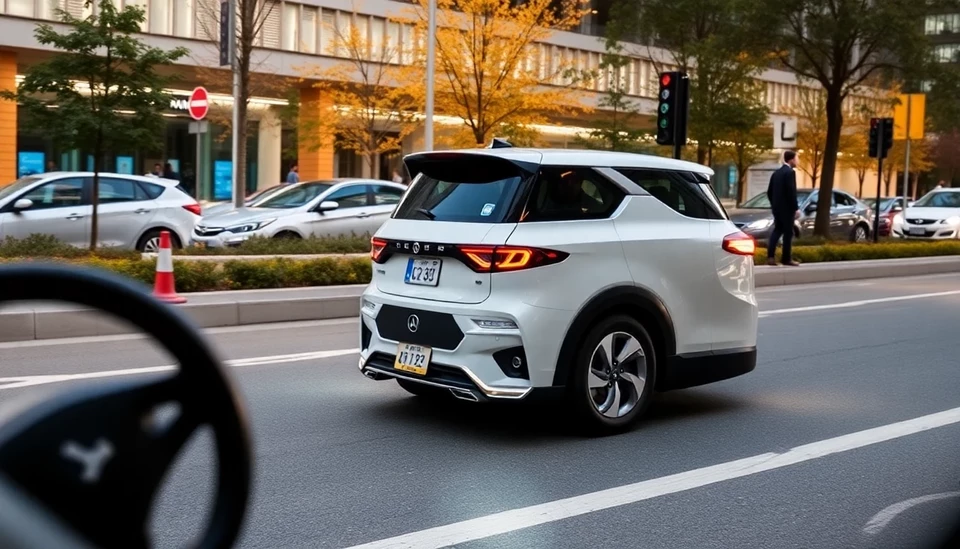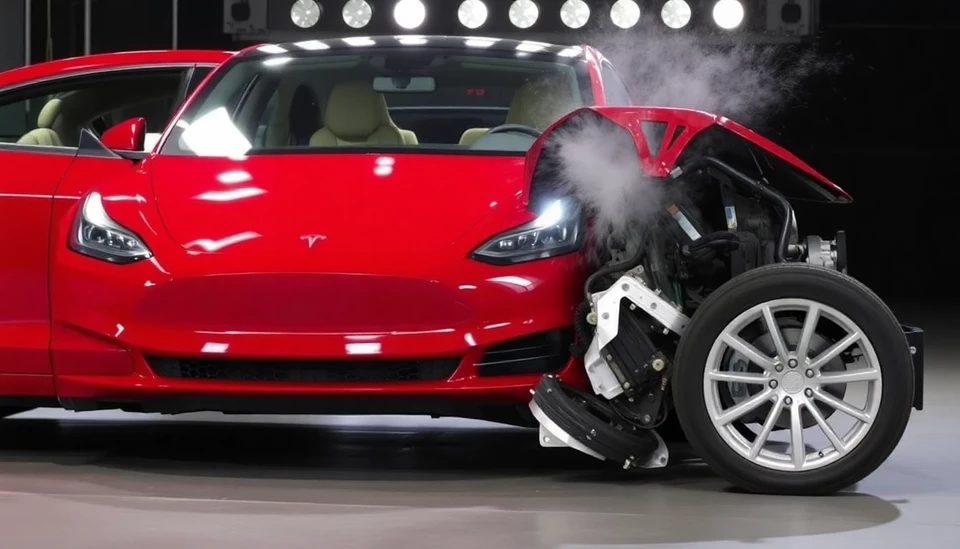
The autonomous vehicle (AV) industry is poised for a transformative year in 2025, as several factors converge to accelerate the adoption and integration of self-driving technology into daily life. Leading the charge are significant advancements in technology, strategic partnerships, and growing consumer demand, creating an environment ripe for a potential boom in AV usage.
One of the central drivers behind this anticipated explosion in the AV market is the technological advancements that have emerged in recent years. Notably, companies are witnessing innovations in artificial intelligence (AI), machine learning, and sensor technology, all of which enhance the safety and reliability of autonomous systems. Several manufacturers have successfully conducted extensive testing of their vehicles in complex environments, showcasing their capabilities and paving the way for public acceptance.
Moreover, regulatory frameworks are also evolving to support the integration of autonomous vehicles into the transportation ecosystem. As government bodies begin to clarify rules surrounding AV testing and deployment, companies can navigate the path to market more effectively. Safe operational parameters are being established to ensure public safety, which in turn helps bolster consumer confidence. This regulatory clarity is essential for manufacturers aiming to launch their products in an increasingly competitive marketplace.
Strategic collaboration plays a critical role in this landscape as well. Major automotive manufacturers are increasingly partnering with tech companies, facilitating an exchange of knowledge and resources necessary for advancing vehicle autonomy. This synergy enables carmakers to leverage cutting-edge technology while tech firms gain access to automotive industry insights, creating a win-win situation that accelerates the overall innovation cycle.
Consumer appetite for autonomous vehicles appears to be growing as well. A recent survey indicated that more individuals are open to embracing self-driving technology, as awareness of its potential benefits rises. This growing interest is further fueled by the expansion of ride-sharing services that utilize autonomous technology. As people become accustomed to the convenience of AVs in shared transportation models, the transition to personal ownership of autonomous vehicles may follow.
A crucial aspect of the potential boom in AV investments is the financial landscape shaping up to support these innovations. Venture capital is flooding into the sector as investors see the vast potential for returns. The capital infusion not only propels research and development but also fosters an environment where startups can thrive and bring fresh ideas to the table. This influx of investment hints at a strong belief in the long-term viability of autonomous vehicles.
As we move further into 2025, experts in the automotive and tech industries remain optimistic about the imminent breakthroughs on the horizon. The convergence of advanced technology, regulatory support, collaborative partnerships, burgeoning consumer interest, and a solid investment climate all suggest that the coming years could redefine the landscape of transportation through autonomous vehicles.
In conclusion, 2025 may not only be a year of growth for the autonomous vehicle market but could serve as a pivotal point in the evolution of the automotive industry as we know it. By harnessing the collective power of innovation, investment, and consumer acceptance, the future of mobility is on the brink of a significant enhancement, setting the stage for an exciting era in transportation.
#AutonomousVehicles #SelfDrivingCars #AVTechnology #TransportationInnovation #FutureMobility
Author: Victoria Adams




